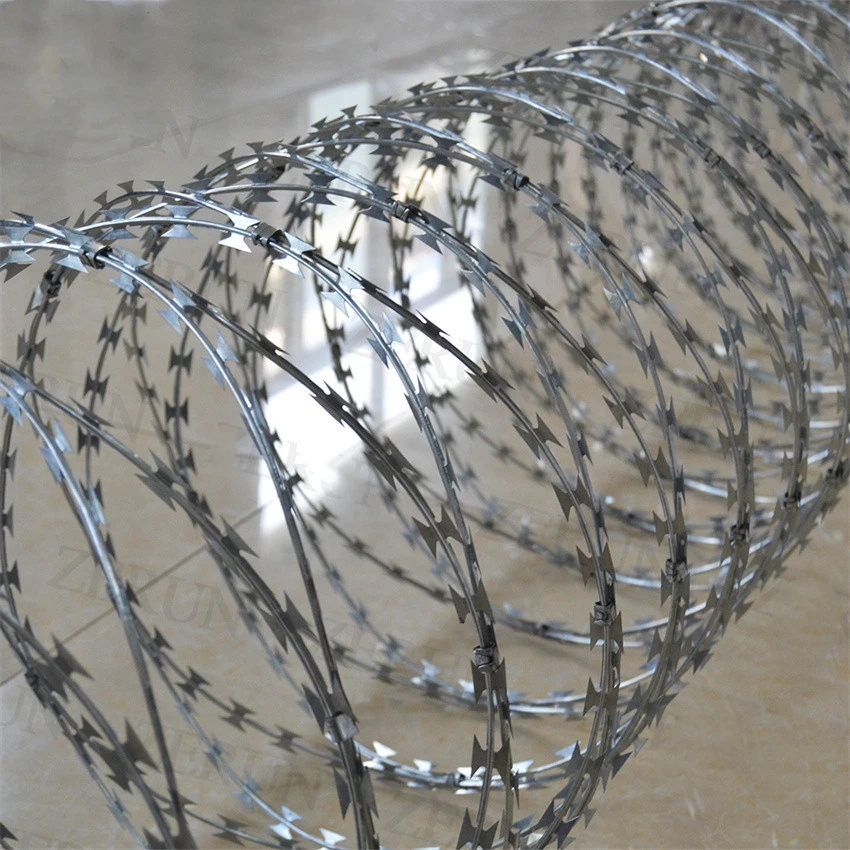Nov . 21, 2024 21:38 Back to list
wire grating
Understanding Wire Grating An Essential Component in Modern Engineering
Wire grating, often referred to in engineering and architectural contexts, is a crucial component utilized in a variety of applications. With the rise of industrial needs and advancements in technology, wire grating has established itself as an essential element across numerous fields, ranging from construction and manufacturing to environmental protection.
What is Wire Grating?
At its core, wire grating consists of a mesh of metal wires that are interwoven to create a stable, grid-like structure. This grid provides a lightweight yet robust solution that can effectively support loads while allowing for airflow, water drainage, and access to underlying surfaces. The design and construction of wire grating can vary significantly depending on its intended use, with different materials, wire gauges, and spacing configurations.
Types of Wire Grating
Wire grating can be classified into several categories based on its geometric design and material composition. The most common types include
1. Plain Wire Grating This consists of evenly spaced wires that run in parallel, providing basic support and drainage. It is often used in walkways and as flooring in industrial settings.
2. Flattened Wire Grating In this type, wires are flattened to create a smoother surface. This adaptation makes it suitable for applications where slip resistance is critical, such as in stair treads or platforms.
3. Welded Wire Grating Here, wires are welded at the intersections, improving strength and rigidity. This type is ideal for heavy industrial applications, including warehouse floors and outdoor walkways.
4. Electroforged Grating Similar to welded grating, electroforged grating is produced through an electrical fusion process, resulting in a stronger and more durable product that can withstand significant load-bearing requirements.
Material Choices
The choice of material for wire grating significantly impacts its performance and durability. Common materials include
- Steel Galvanized steel is frequently used due to its strength and resistance to corrosion. It is especially suitable for outdoor applications where exposure to the elements is a concern.
- Stainless Steel For environments prone to high humidity or chemical exposure, stainless steel is preferred for its exceptional corrosion resistance and longevity.
wire grating

- Aluminum Lightweight and resistant to rust, aluminum wire grating is ideal for applications where weight is a consideration, such as in aircraft and portable structures.
Applications of Wire Grating
The versatility of wire grating enables its use in various fields. Some common applications include
- Industrial Flooring Wire grating provides a durable and slip-resistant surface for industrial environments, allowing for safe movement of personnel and equipment.
- Walkways and Platforms Designers utilize wire grating to create elevated walkways and platforms that facilitate access while promoting adequate ventilation and drainage.
- Environmental Protection In wastewater treatment facilities, wire grating serves as a barrier that supports machinery while allowing for the passage of water, effectively aiding in the purification process.
- Architectural Features In modern architecture, wire grating is often used for aesthetic elements including facades, fences, and railings, adding a contemporary touch to structures.
Benefits of Wire Grating
The advantages of using wire grating are substantial. Key benefits include
- Cost-Effectiveness Due to its material efficiency and strength-to-weight ratio, wire grating is often more economical compared to solid alternatives.
- Customization Wire grating can be easily customized in terms of size, shape, and finish to meet specific project requirements.
- Durability The robust design and choice of materials ensure that wire grating can withstand harsh conditions, making it a long-lasting option for numerous applications.
Conclusion
In summary, wire grating is a fundamental component in contemporary engineering and architecture. Its versatility, along with its structural integrity and cost-effectiveness, contributes significantly to its widespread adoption across various industries. As technology continues to evolve, wire grating is likely to play an increasingly important role in the design and implementation of innovative solutions for challenges faced in industrial and environmental contexts. Whether in a factory, a wastewater treatment plant, or a sleek modern building, wire grating remains an unsung hero delivering functionality and aesthetic appeal.
-
Reinforcing Mesh: Core Material of the Construction Industry
NewsJul.07,2025
-
Welded Wire Fabric Reinvented for Modern Projects
NewsJul.04,2025
-
Superiority of Stainless Steel Woven Mesh
NewsJul.04,2025
-
Key Types of Razor Wire and Their Applications
NewsJul.04,2025
-
Durable Metal Fence Types for Security
NewsJul.04,2025
-
Best Materials for Livestock Fence
NewsJul.04,2025
products.







